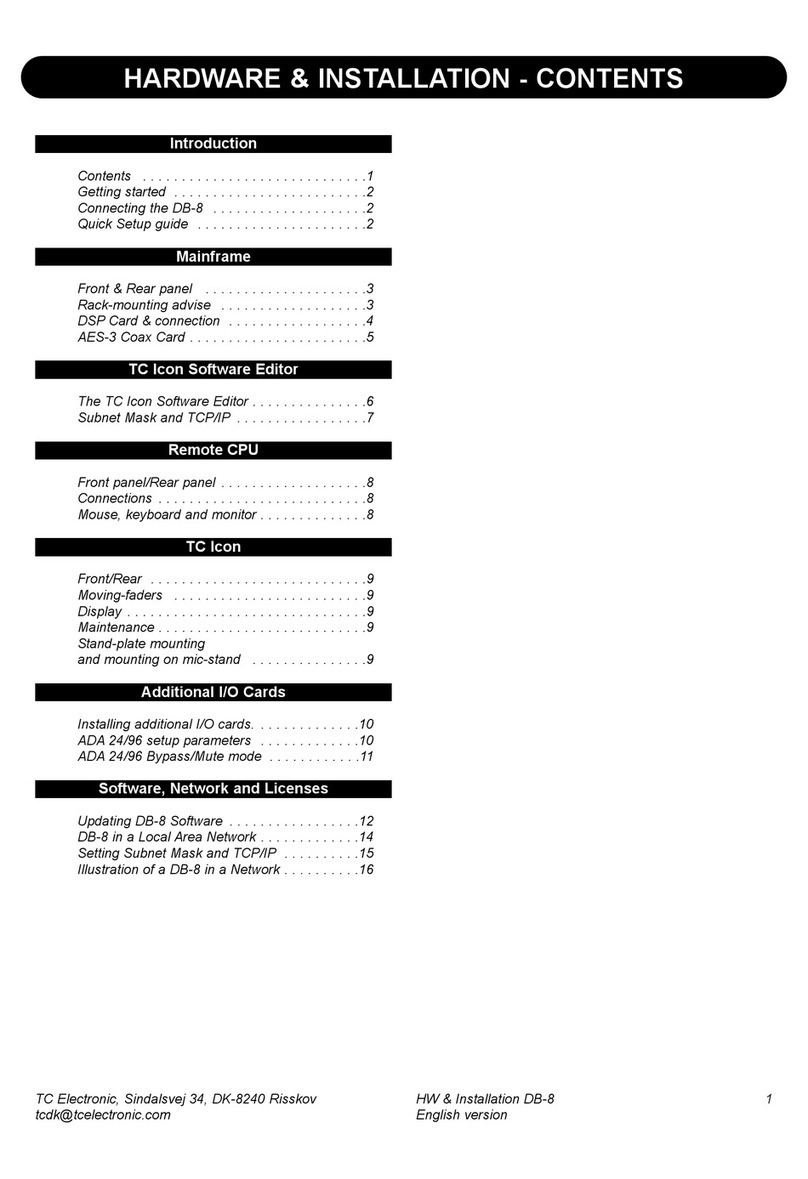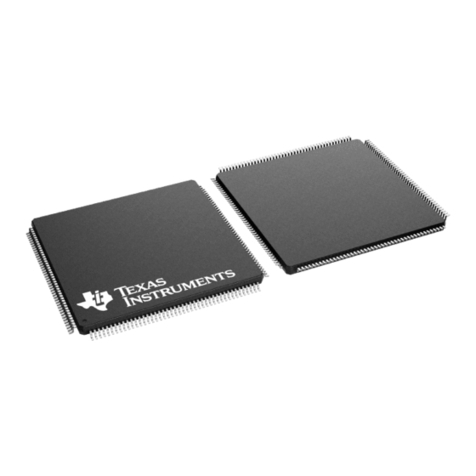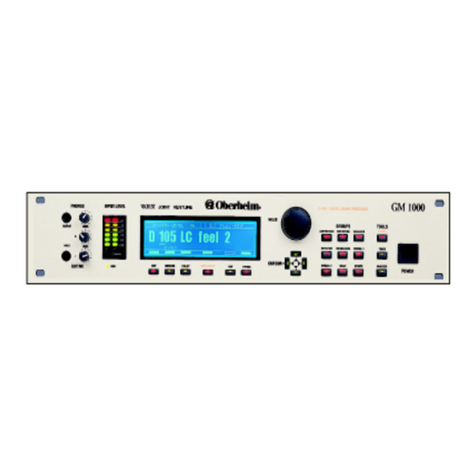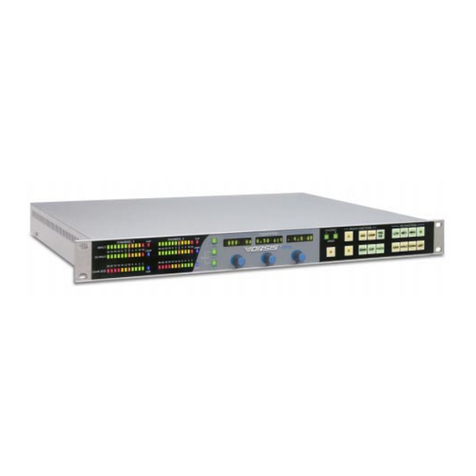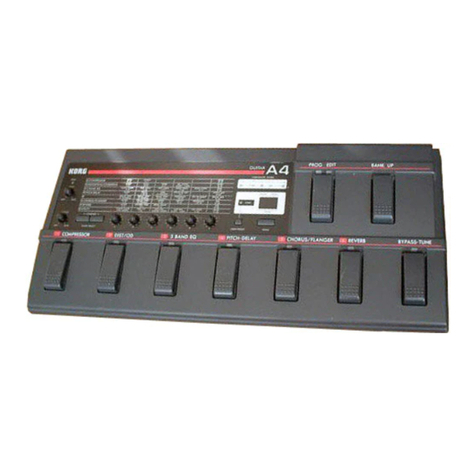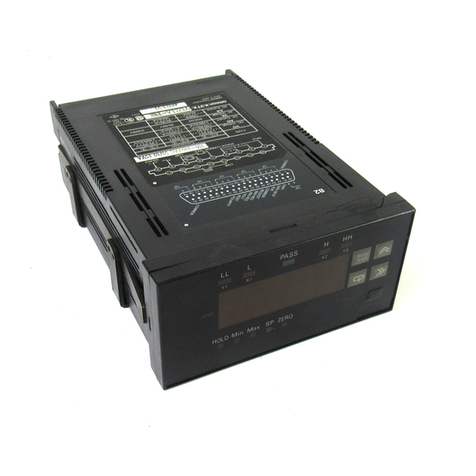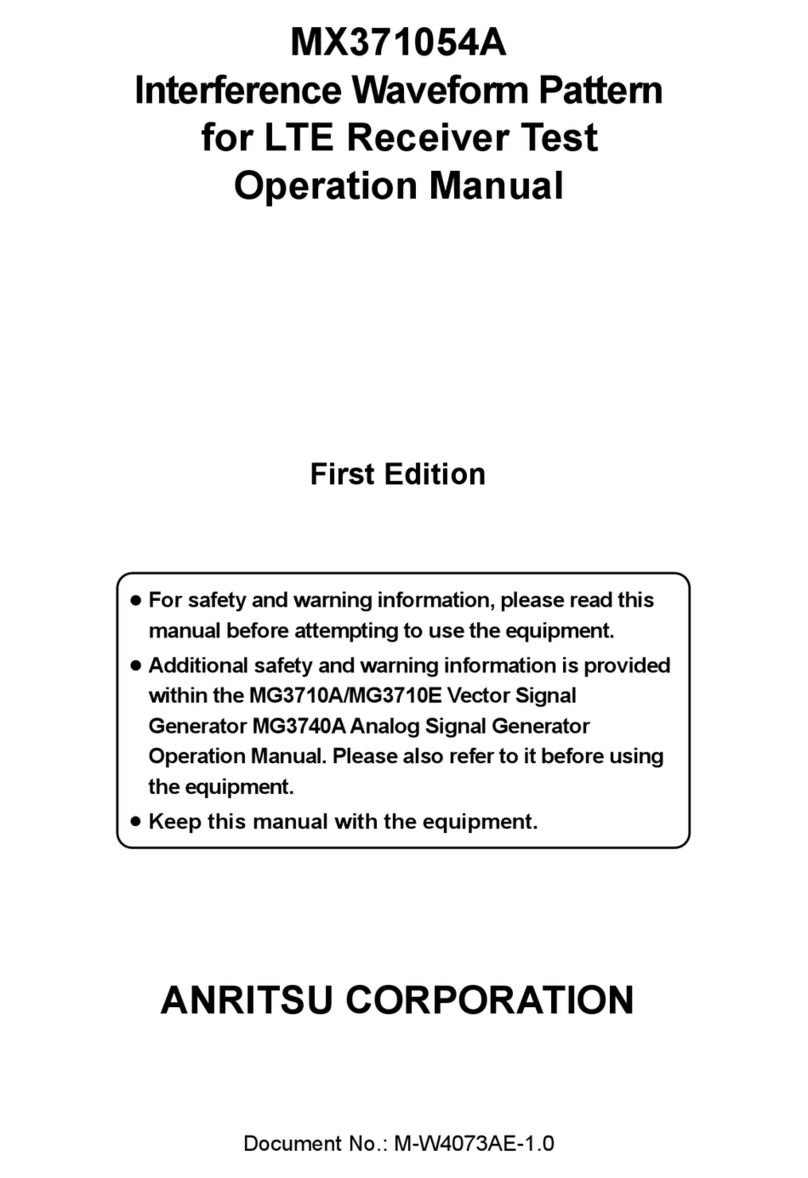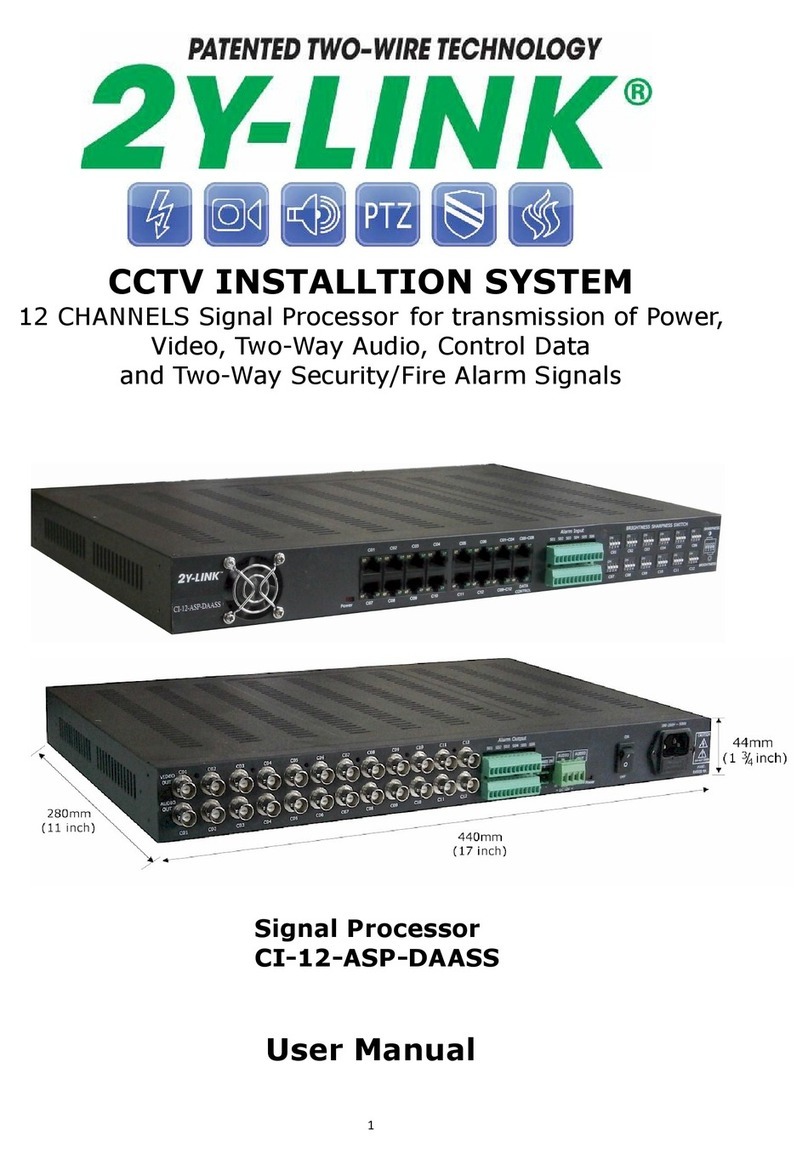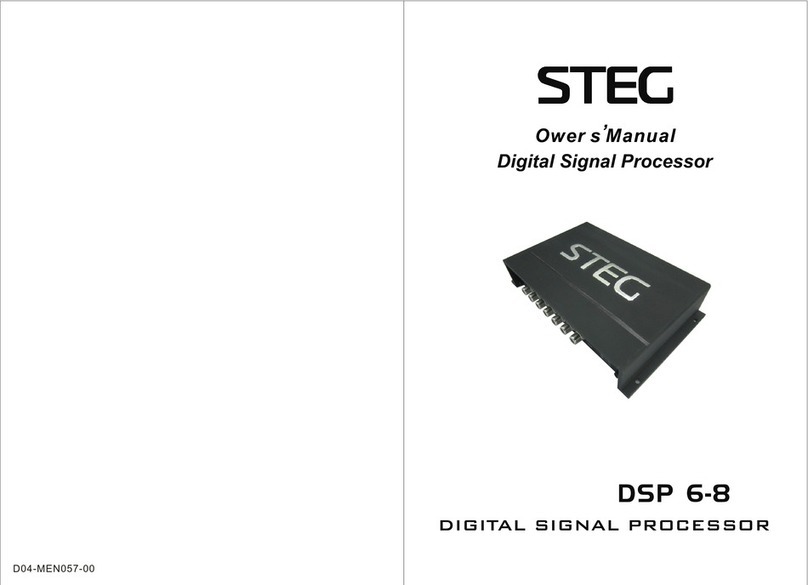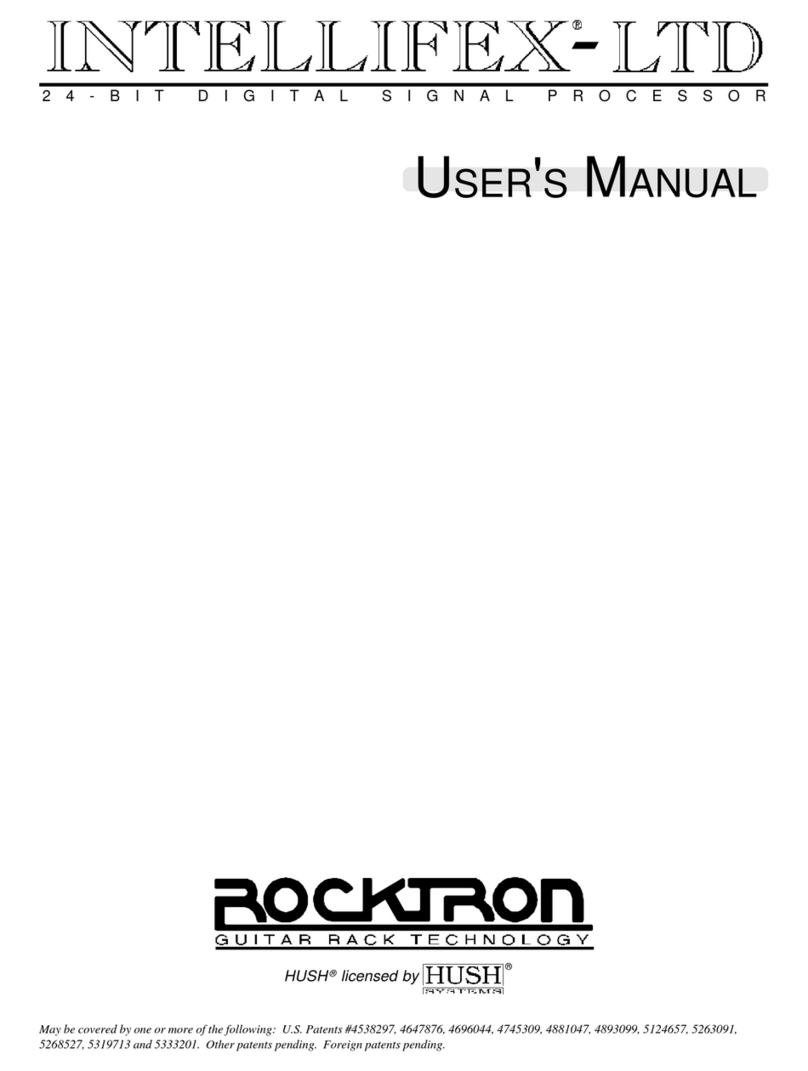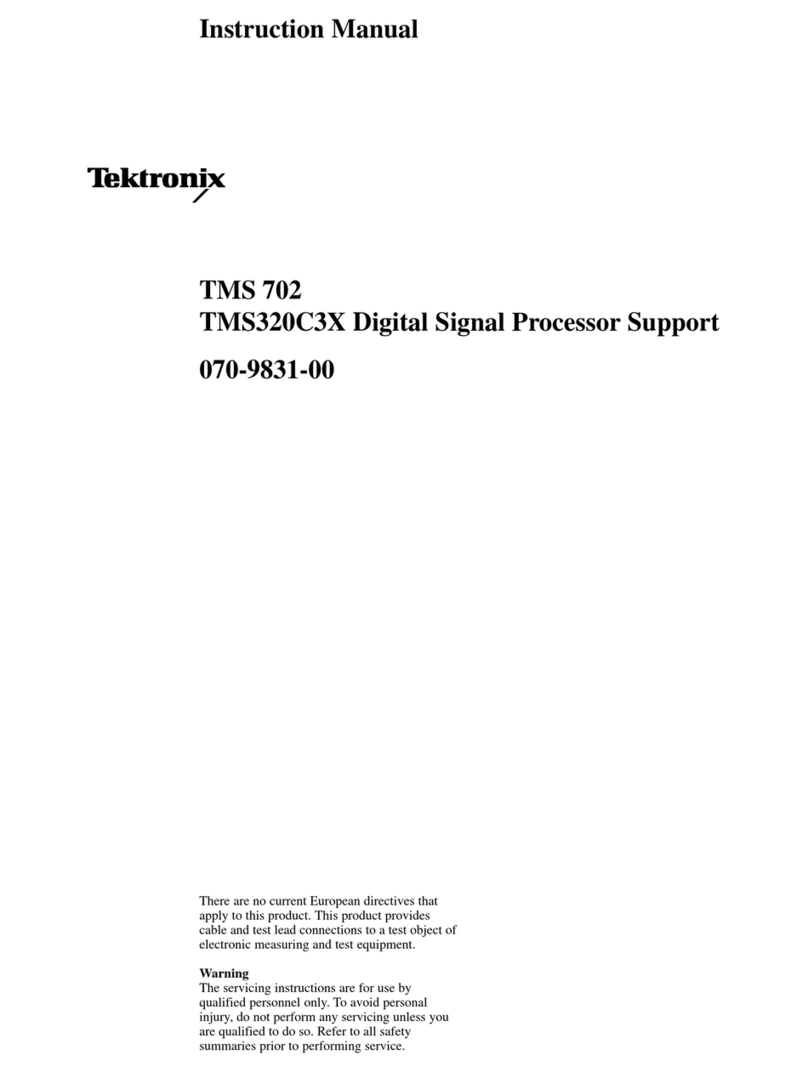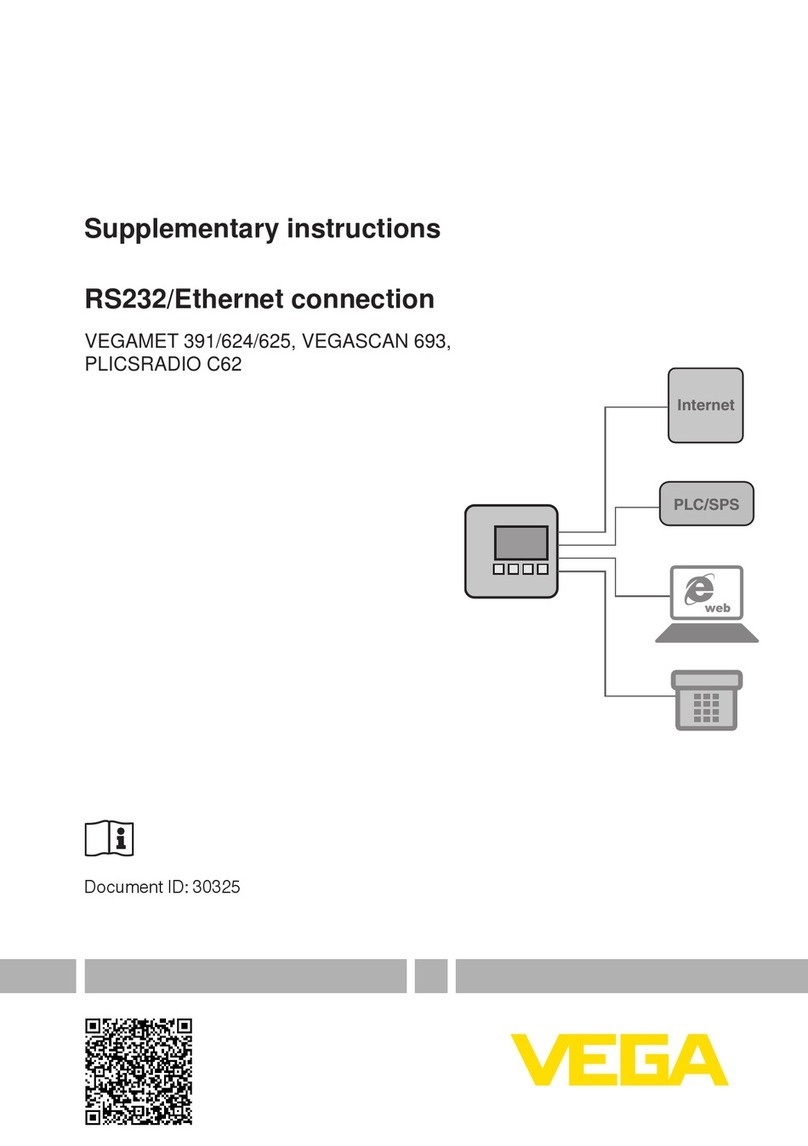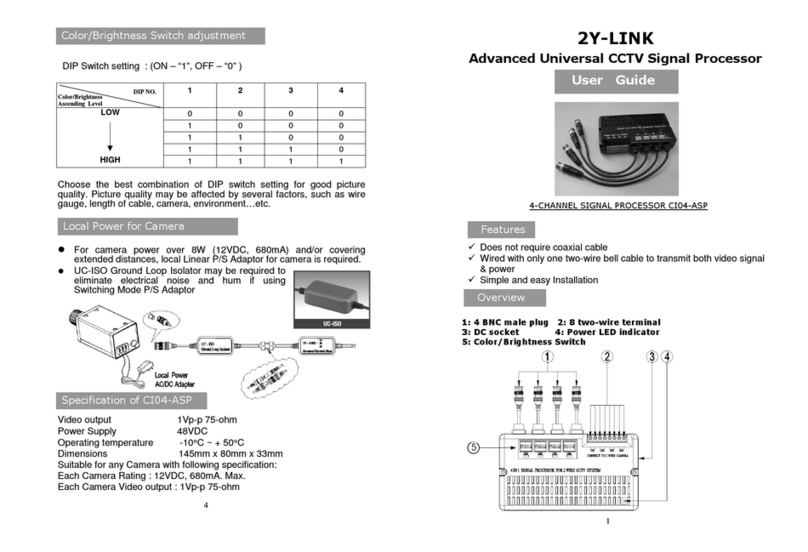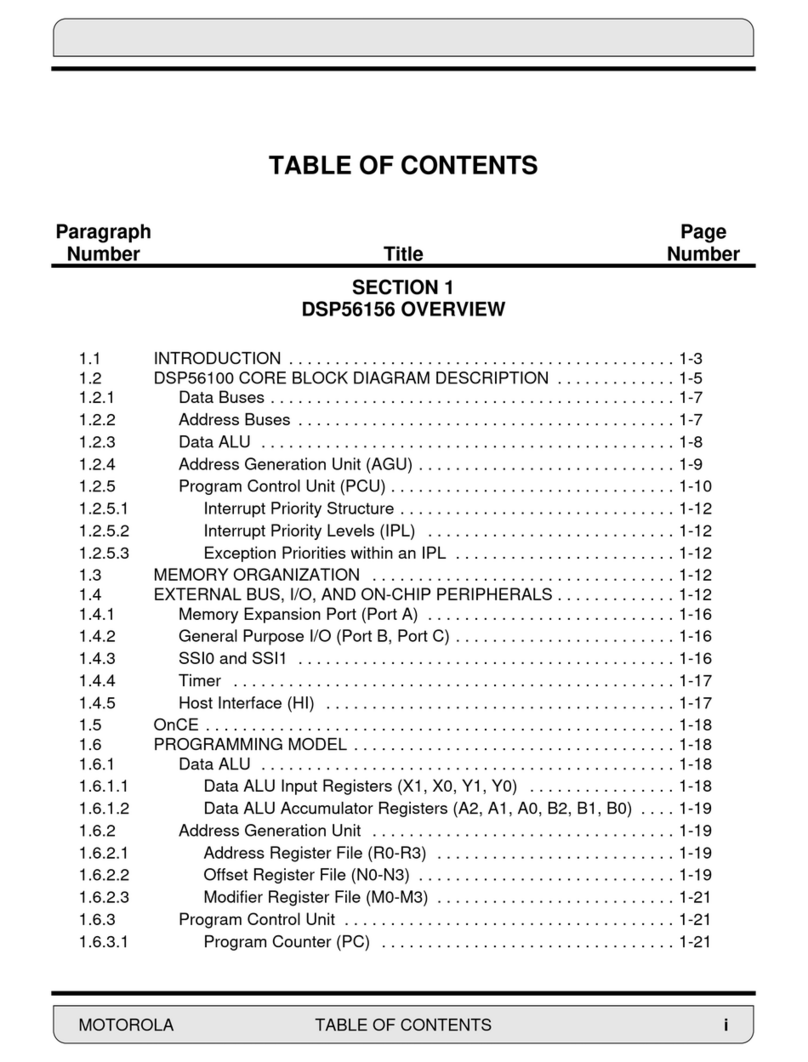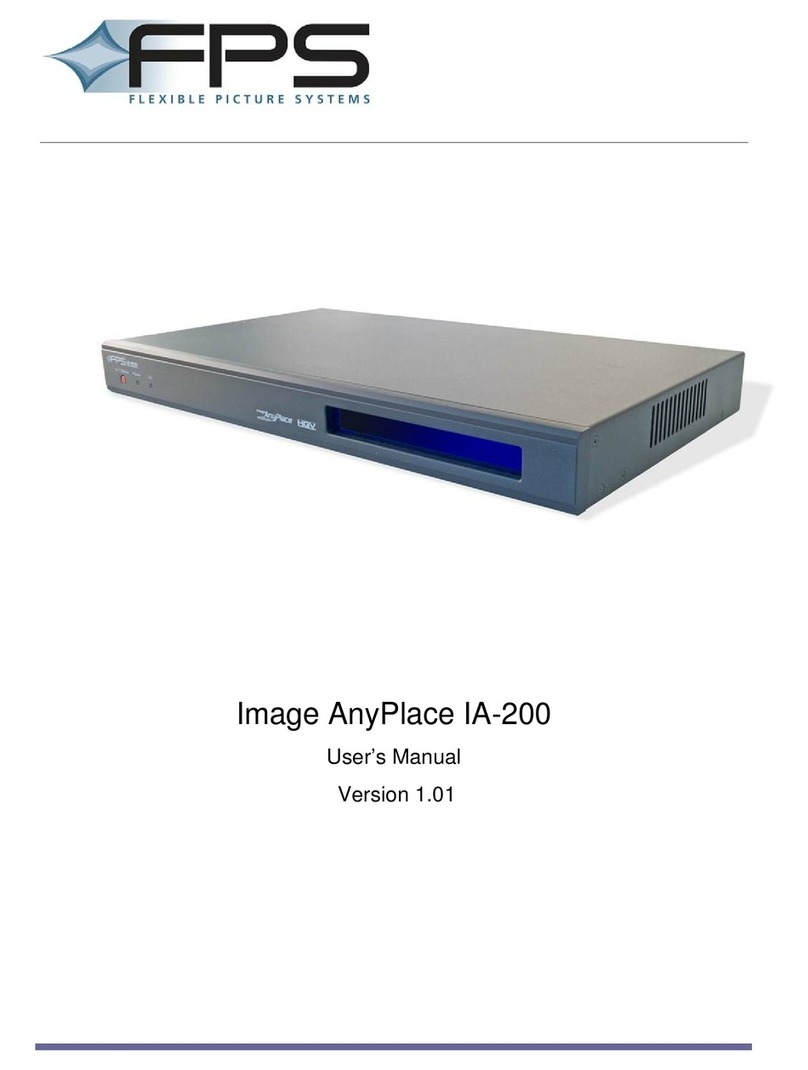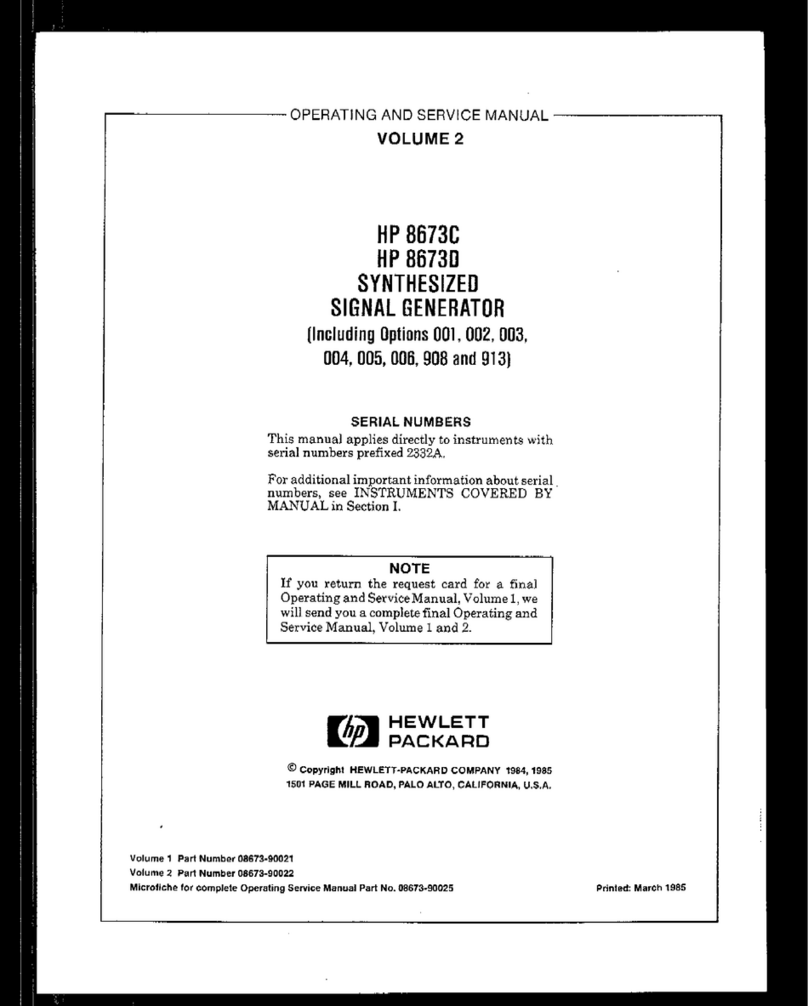
page Contents – 2
HD P3 / Aug 2006
CONTENTS
Filter .................................................................................................................... 2-13
High-Pass Filter .............................................................................................. 2-13
Notch .............................................................................................................. 2-13
Low-Pass Filter............................................................................................... 2-13
Expander ............................................................................................................ 2-13
De-Esser............................................................................................................. 2-15
Emphasis and De-Emphasis .............................................................................. 2-16
Transmitter pre-emphasis .............................................................................. 2-17
Transmission path emulation ......................................................................... 2-18
M/S...................................................................................................................... 2-18
M/S microphones............................................................................................ 2-19
Mono Airchain Processing.............................................................................. 2-19
FM Airchain Processing ................................................................................. 2-19
Sum/Difference Processing for fun ................................................................ 2-19
Width............................................................................................................... 2-20
Mono Low Frequencies .................................................................................. 2-20
Output Limiter ..................................................................................................... 2-21
Output Limiter: In depth.................................................................................. 2-23
AES Output 2 Delay ....................................................................................... 2-24
Entering Delay Value...................................................................................... 2-24
HD P3 Features for AM Broadcast..................................................................... 2-25
Brick-wall Bandwidth ...................................................................................... 2-25
Emphasis ........................................................................................................ 2-25
Asymmetric Output Peak Limiter.................................................................... 2-26
Mono ............................................................................................................... 2-26
Parametric Equalizer .......................................................................................... 2-26
Multiband Processing ......................................................................................... 2-27
Multi-Band AGC/Compressor - “Production”................................................. 2-27
Transparent Compression ............................................................................. 2-30
Compressing for Effect.................................................................................. 2-30
AGC .................................................................................................................... 2-31
Multiband Limiter - “Airchain” ............................................................................. 2-33
Loud! ................................................................................................................... 2-35
Creating a “sound”......................................................................................... 2-36
Deep Gain Reduction .................................................................................... 2-36
Setting Up the Output .................................................................................... 2-37
System ..................................................................................................................... 2-38
Side Bar Region....................................................................................................... 2-39
Take .................................................................................................................... 2-39
Save.................................................................................................................... 2-39
Presets................................................................................................................ 2-40
Devices ............................................................................................................... 2-40
Q Save ................................................................................................................ 2-40
Compare ............................................................................................................. 2-40
Bypass ................................................................................................................ 2-40
Title Bar Region ....................................................................................................... 2-41
Accessing Menu Options.................................................................................... 2-41
Status.................................................................................................................. 2-41
Devices ............................................................................................................... 2-42
Presets................................................................................................................ 2-42
Notes on “Online” and “Offline” Working ................................................................. 2-43
Hardware Menu Items ............................................................................................. 2-44
Software Updates .................................................................................................... 2-44


